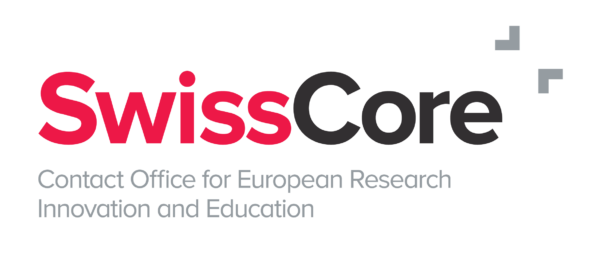The AI Watch Index 2021 shows that the EU is the third global player in AI after China and the US, but still needs to improve the uptake of research.
According to the newly released AI Watch Index 2021, the EU is still behind the US and China. The AI Watch Index aims to assess the development, uptake, and impact of Artificial Intelligence (AI) in Europe. It offers a number of analyses to monitor and facilitate the European strategy for AI implementation, as part of the Coordinated Action Plan. It comprises 22 indicators to study the development of AI from several perspectives. Even if the geographical focus is on the EU27, it also compares the EU with major worldwide AI powers, among others, the US and China. The AI Watch Index is structured across five dimensions: i. a Global view of the landscape, ii. industry, iii. research and development, iv. technology, and v. societal aspects.
Overall, the AI Watch Index shows that the US is leading in the global landscape, AI industry, and AI R&D dimensions, followed by China and the EU. As a global AI leader, the US has a very large number of active AI players and a comparative advantage in numerous AI areas, such as AI Services, Audio & Natural Language Processing, Autonomous Robotics, and Connected and Automated Vehicles. It also has a significant number of firms with a core business in AI that are developing AI patents. Moreover, the US is involved in a significant number of R&D activities, both patents and frontier research.
China follows the US, mainly due to the strong performance in AI patents. Besides, the country is highly involved in the ICT manufacturing sector; and can therefore provide the hardware that is needed for any digital technology, including AI. Consequently, in China, numerous economic players have emerged across the AI landscape. Lastly, the massive access to data, mainly due to a large population using digital services and applications and fewer legal limitations on access and use of personal data, are other factors reinforcing the Chinese AI system. Unlike in the US and the EU, relatively few AI activities in China are related to AI Services, indicating that the level of development has not significantly reached the stage of commercialisation of goods and services.
The EU follows the US and China. In the EU, there are a substantial number of research institutes active in AI, which should empower the EU to maintain a high level of research and development in the area, and which is important to reach a leading position in the medium to long term. Regarding AI frontier research, the EU has roughly the same number of players as the US. However, the EU is currently still lagging behind other AI players when it comes to the generation of innovations out of the research efforts, especially in patenting activities. Nevertheless, the EU has a strategic position in the network of collaborations involved in patenting. Additionally, projects funded by the European Commission (EC) also stimulate AI R&D in the EU. Thanks to the these projects, the number of players involved in the AI domain increased significantly in all countries of the EU, and also supported the creation of connections across several countries. Moreover, the EC-funded projects, besides stimulating the cooperation of research centres in the EU, also foster collaboration between firms of different Member States.
When it comes to AI services, the EU has a comparative advantage, insofar as its share of economic activities in this area is higher than the global average (although overall the EU still lags behind the US in overall importance). AI services include applications, infrastructures, software, and platform services. Likewise, the EU also has strengths in Autonomous Robotics. The EU shows very positive dynamics in trade in industrial robotics (both in exports and imports), and has seen a proliferation of new robotics start-ups. Concerning investments, a positive trend is also apparent, as private and public investments in AI have increased in all 27 EU Member States in the last year.
When it comes to the social aspects, the increased heterogeneity of the AI research community in terms of gender, affiliation location, and type of institutions is likely a result of inclusion and diversity policies in the research community. Finally, AI courses are currently still more often available in Masters than in Bachelor’s courses; therefore, it would be essential to include AI-related content at all education levels to strengthen the digital inclusion and economic benefits from the digital transition in Europe.

